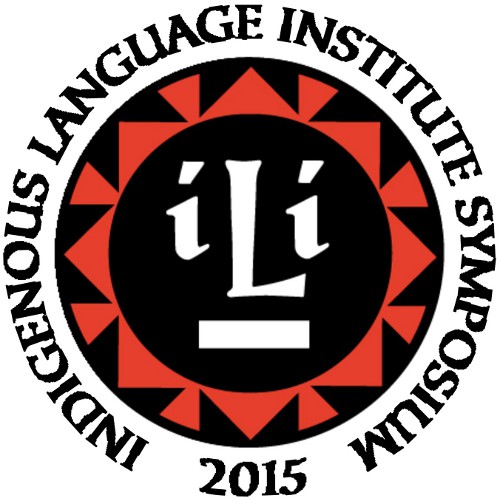We will regularly update this page. Please visit often!
Online Registration click here
PDF ILIS2015 Information Brochure with Registration form Click here
PDF Sponsorship Form Click here
PDF Scholarship Form Click here
PDF Trade Show Vendor Form Click here

